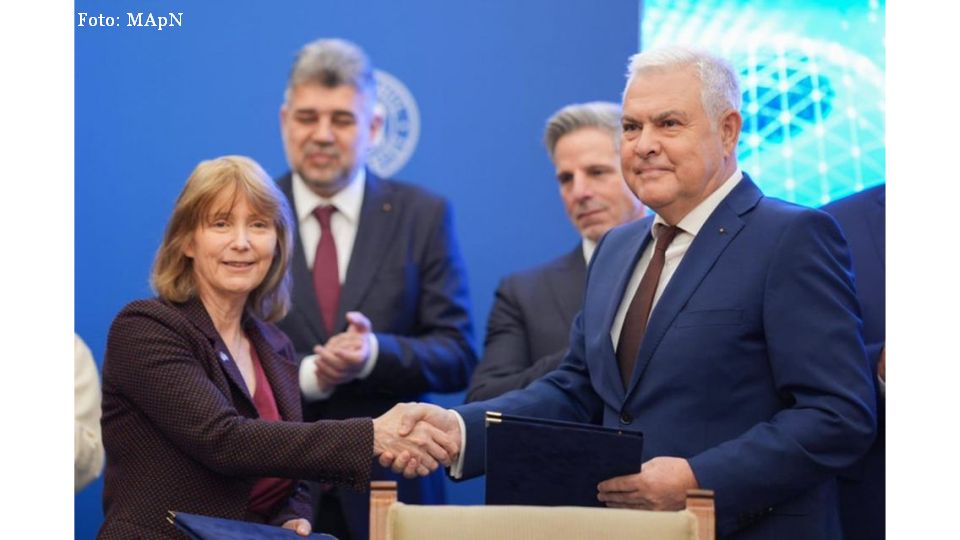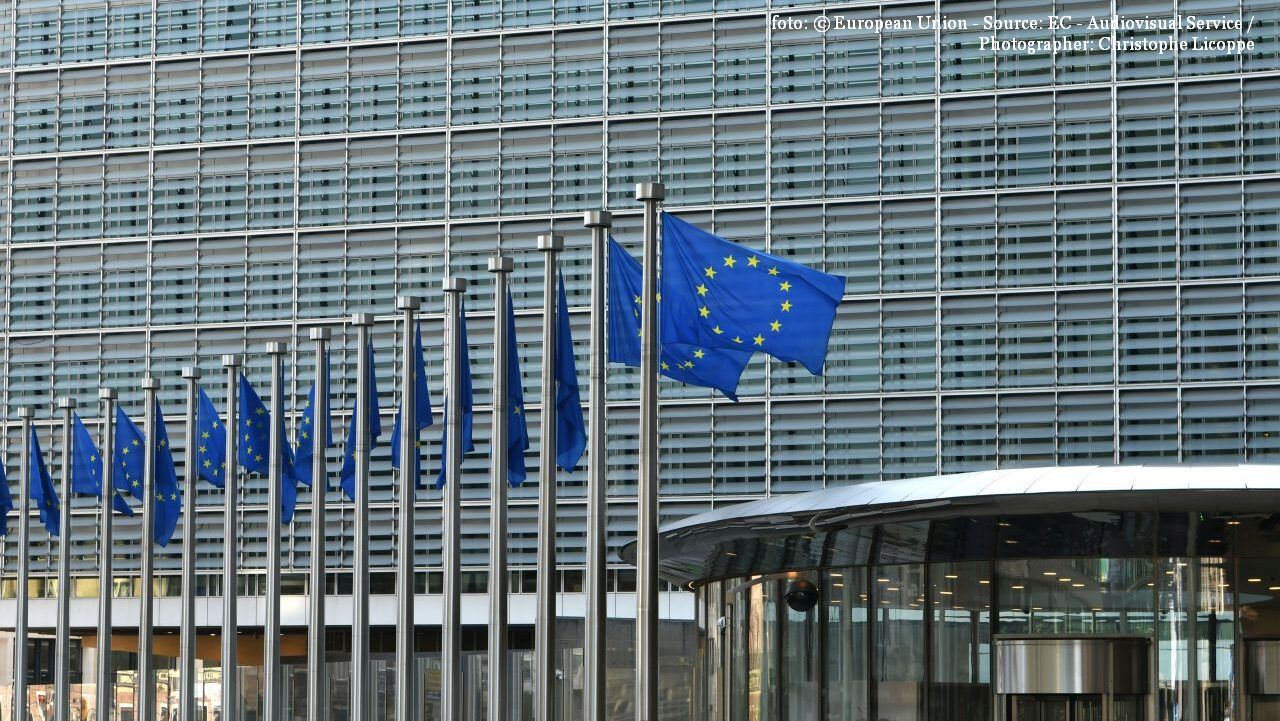Statistics on human trafficking
The European Commission will make public at the end of the year a new European strategy against human trafficking.

Mihai Pelin, 18.10.2016, 13:31
In 2007, following a recommendation
made by the European Parliament and a proposal by the European Commission,
October 18 was declared the EU Anti-Trafficking Day. This was seen as a major
step in advancing the European Commission’s long-term commitment to preventing
and fighting this threat. In the EU, 16,000 women fall victims to trafficking,
with Romania ranking first in terms of the occurrence of this crime. Trafficker
networks operate across the continent, and 15% of the victims are underage.
Many victims are Romanians who reach Spain.
According to statistics, 34% of the
victims of trafficking for sexual exploitation come from Romania, and the
authorities in both countries are working to reduce this phenomenon. The fight
against trafficking is a great challenge for the authorities, and Spain and
Romania work closely in this field, said Romania’s Ambassador to Madrid,
Gabriela Dancau. She says the root causes need to be addressed:
We have a very dynamic judicial
cooperation between Romania and Spain. At the law enforcement level, there are
very efficient instruments, and several trafficking networks have been
dismantled thanks to this cooperation between our authorities. If we look at
trafficking in human beings as a phenomenon, without doubt any approach should
go to the root causes, so we will have to find the methods to prevent trafficking
to other countries by improving the economic situation in the victims’ places
of origin.
Human trafficking is a multi-faceted
crime and an illegal business that undermines the rule of law and generates
instability and insecurity. Over the past few decades, it has grown into the
third-largest cross-border criminal activity and a major source of income for
crime groups across the world, generating billions of euros a year. Although
this massive violation of human rights has been internationally acknowledged
and condemned, national authorities continue to draw up policies that fail to
respond to the dynamics of this world-wide threat, particularly because many
governments misunderstand this complex issue and implement inefficient
strategies to combat it.
The new anti-trafficking strategy is
to be made public by the European Commission by the end of the year.






























